Flexibility is not just a desirable trait; it’s a cornerstone of physical well-being that grants us the freedom to move gracefully and comfortably through our daily lives. Whether you’re an athlete looking to boost performance or simply seeking to ease muscle tension, this comprehensive guide will provide you with detailed insights and practical steps to improve your flexibility safely and effectively.
Section 1: The Significance of Flexibility
Understanding the Importance of Flexibility
First and foremost, Flexibility often takes a backseat in fitness discussions, but its role is paramount in our everyday lives. Imagine effortlessly reaching for items on high shelves or tying your shoelaces without straining. Flexibility encompasses joint mobility, muscle elasticity, and overall range of motion. It’s about functional movement and the ease with which you navigate your physical world.
Benefits of Flexibility
In retrospect, Flexibility offers more than just aesthetic appeal. Improved flexibility leads to better posture, reducing strain on your spine and decreasing the likelihood of chronic back pain. As you stretch and lengthen your muscles, circulation improves, nourishing tissues and aiding in muscle recovery. This heightened circulation can alleviate muscle soreness, enhancing your recovery after workouts.
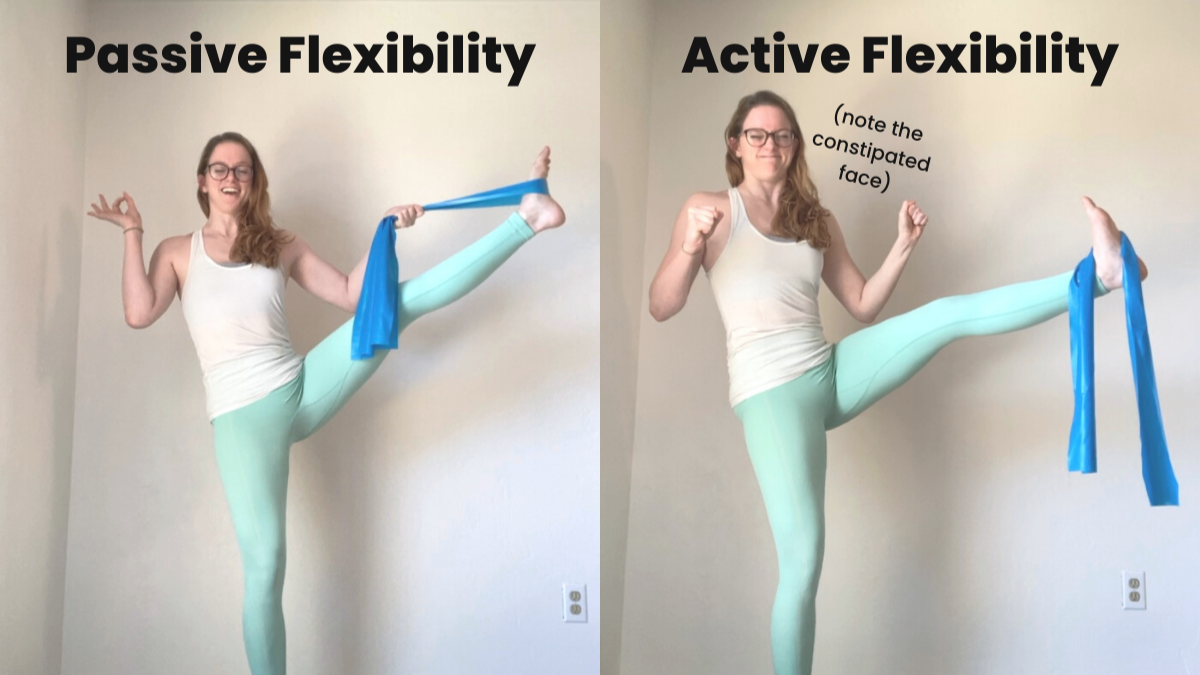
Types of Flexibility
Understanding the two main types of flexibility is crucial:
Dynamic Flexibility: This involves controlled movements that take your muscles and joints through their full range of motion. It’s particularly useful as part of a warm-up, preparing your body for activity.
Static Flexibility: This involves holding a stretch for an extended period without movement. It’s typically done after your workout when your muscles are warm and pliable.
Section 2: Warming Up Properly
Preventing Injury
Additionally, Think of your muscles as elastic bands. When they’re cold, they’re stiff and less pliable, making them more susceptible to tearing. Engaging in a proper warm-up increases blood flow, which, in turn, warms your muscles and makes them more receptive to stretching.
Dynamic Warm-Up
To be sure, A dynamic warm-up entails controlled movements that mimic the motions of your workout or flexibility routine. This can include arm circles, leg swings, hip rotations, and even gentle jogging in place. Dynamic movements lubricate your joints, stimulate blood flow, and gradually prepare your body for more intense stretching.
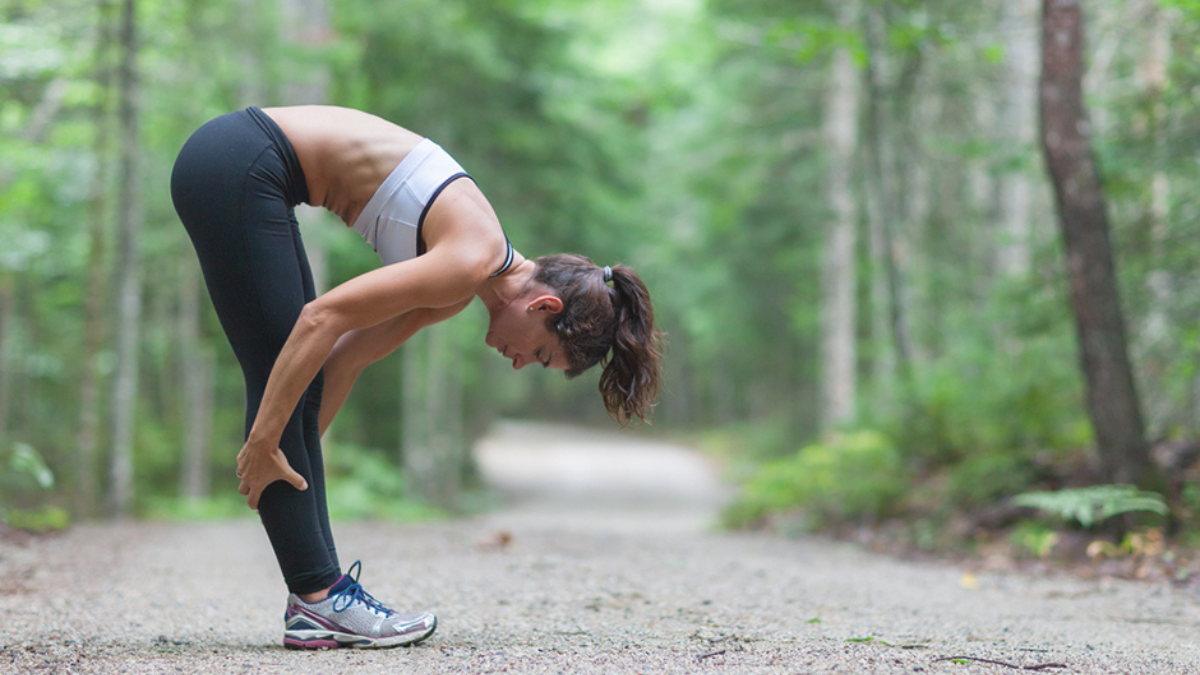
Section 3: Incorporating a Regular Stretching Routine
Frequency and Duration
Furthermore, For substantial progress, aim for at least 3-5 days per week of dedicated stretching. Allocate 15-30 minutes to each session, allowing ample time to focus on different muscle groups.
Static Stretches
Moreover, Static stretches involve holding a stretch for a set amount of time without bouncing or movement. These stretches are excellent for improving flexibility over time. Focus on major muscle groups such as hamstrings, quadriceps, calves, hip flexors, and shoulders. Hold each stretch for 15-30 seconds, gradually increasing the stretch as your muscles relax. Remember that you should feel a gentle pull, not pain, during the stretch.
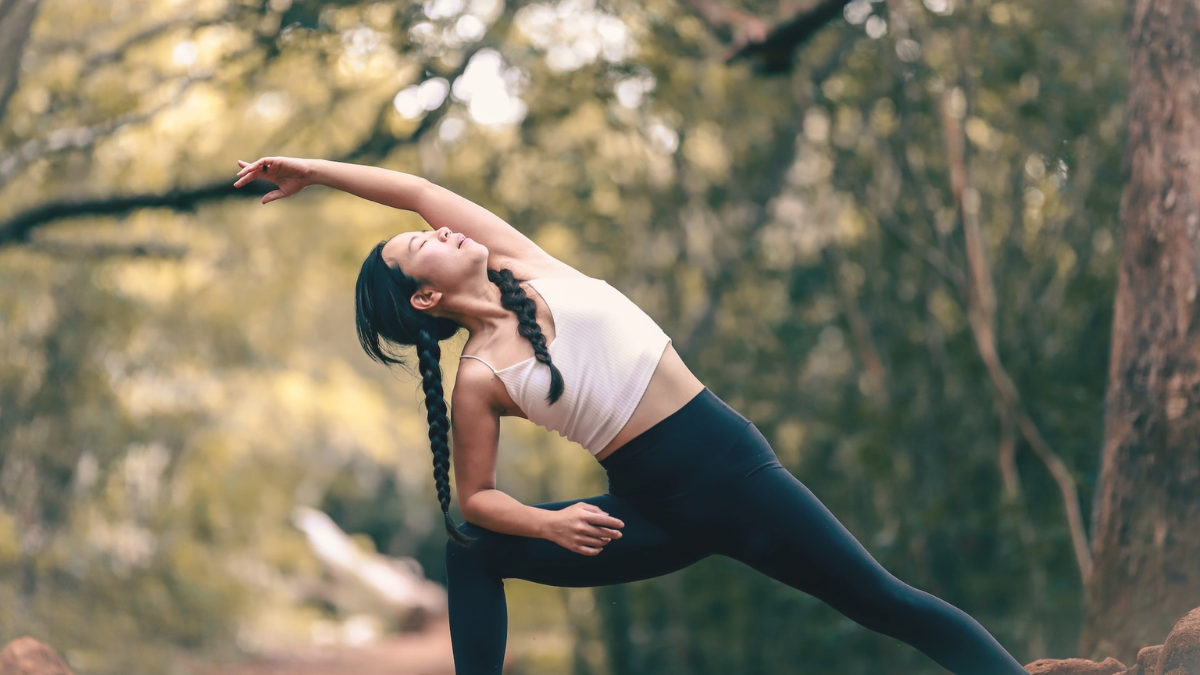
Section 4: Targeting Key Muscle Groups
In reality, In addition to that, Incorporating a variety of stretches that target major muscle groups is essential for overall flexibility improvement.
Hamstrings
The hamstrings, located on the back of your thighs, are notorious for becoming tight due to prolonged sitting or intense workouts. To stretch them, perform seated hamstring stretches, lying hamstring stretches, and forward folds. Each of these stretches encourages the gradual lengthening of your hamstring muscles, enhancing your lower body’s flexibility.
Quadriceps
The quadriceps, or front thigh muscles, play a vital role in mobility. To stretch them effectively, perform quad stretches. Bend your knee and gently pull your ankle toward your glutes. Focus on maintaining balance and control throughout the stretch, allowing your quadriceps to release tension gradually.
Section 5: Incorporating Yoga and Pilates
Nonetheless, Exploring alternative practices like yoga or Pilates can be a dynamic way to enhance your flexibility.
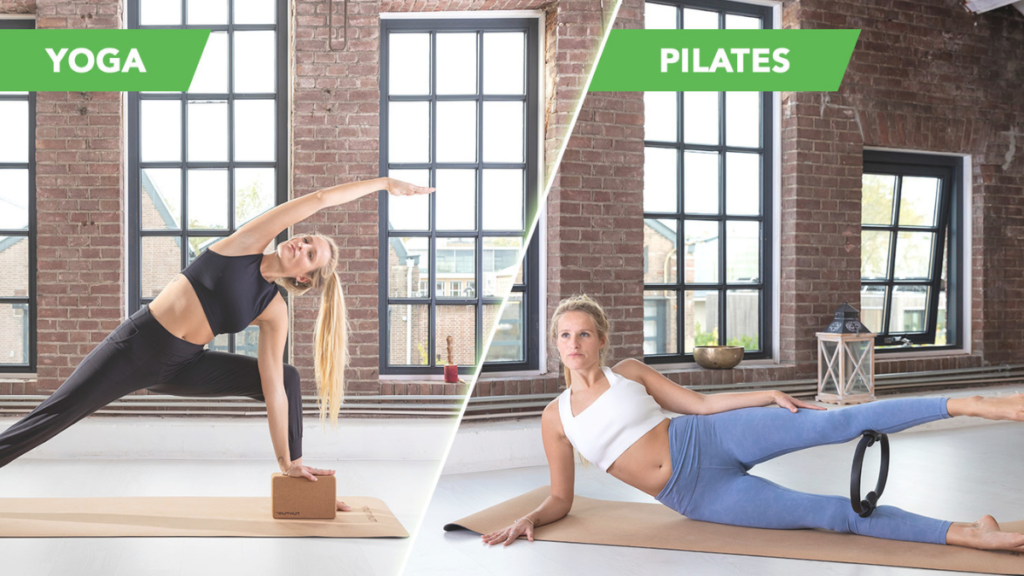
Yoga for Flexibility
With this in mind, Yoga, a mind-body practice, combines flowing movements with deep stretching and breath control. Yoga poses like Downward-Facing Dog, Forward Fold, and Pigeon Pose specifically target flexibility enhancement. Engaging in yoga not only improves physical flexibility but also cultivates mental relaxation and mindfulness.
Pilates for Flexibility
By and large, Pilates focuses on core strength, balance, and flexibility. It integrates a variety of exercises that engage your muscles while promoting elongation and mobility. Pilates movements are deliberate and controlled, making it an effective practice for improving flexibility while building a strong foundation.
Section 6: Progression and Overcoming Plateaus
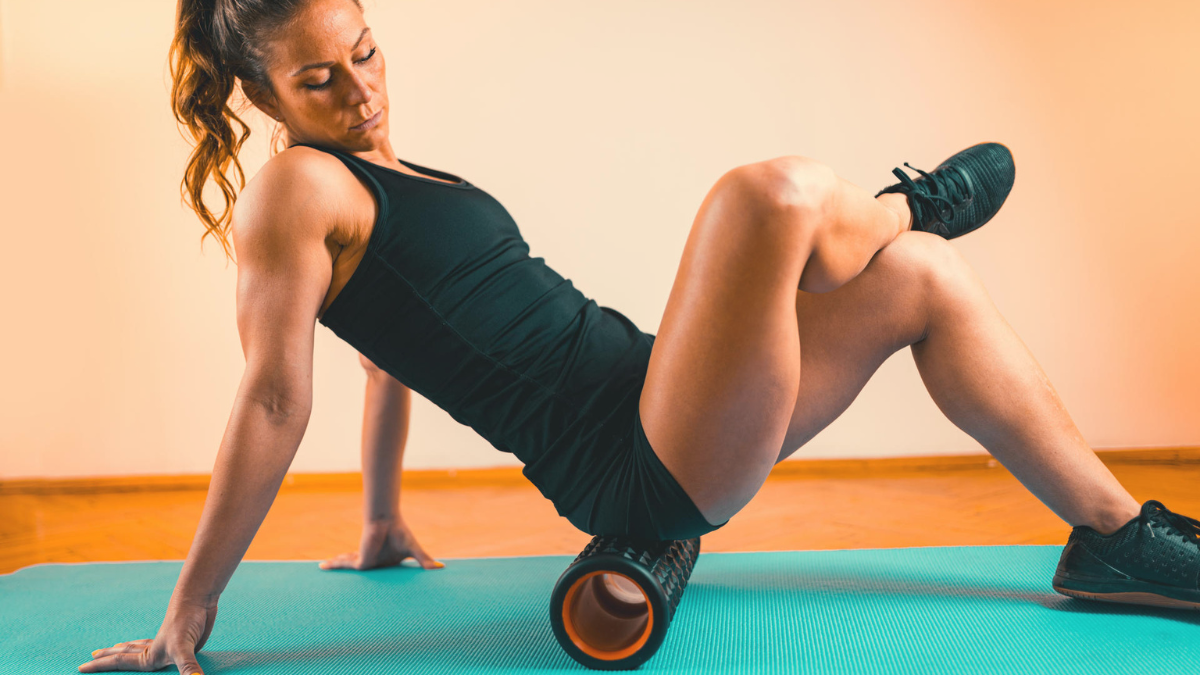
Conversely, Approaching flexibility training with a gradual and progressive mindset is essential to avoid plateaus and injuries.
Gradual Progress
With regard to, Flexibility gains take time and dedication. Gradually increase the intensity and duration of your stretches over weeks and months. Avoid pushing your body to extremes, as this can lead to injuries.
Active Stretching
Active stretching is a technique where you engage the muscles you’re stretching before releasing into the stretch. For example, if you’re working on your hamstring flexibility, you would contract your hamstring muscles for a few seconds before relaxing into a stretch. This method encourages your muscles to relax further and can lead to greater flexibility gains.
Section 7: Foam Rolling and Self-Myofascial Release
Likewise, Incorporating self-myofascial release techniques can significantly enhance the effectiveness of your flexibility routine.
Foam Rolling
Foam rolling involves using a foam roller to apply pressure to specific areas of your body, releasing muscle knots and improving tissue quality. Foam rolling can prepare your muscles for stretching by breaking up adhesions and increasing blood flow to the area.
Self-Myofascial Release Techniques
Alongside foam rolling, you can use tools like massage balls or sticks to target specific areas of tension. By applying controlled pressure to these areas, you release knots and tight spots, allowing your muscles to lengthen more effectively during stretching.
Section 8: Hydration and Nutrition
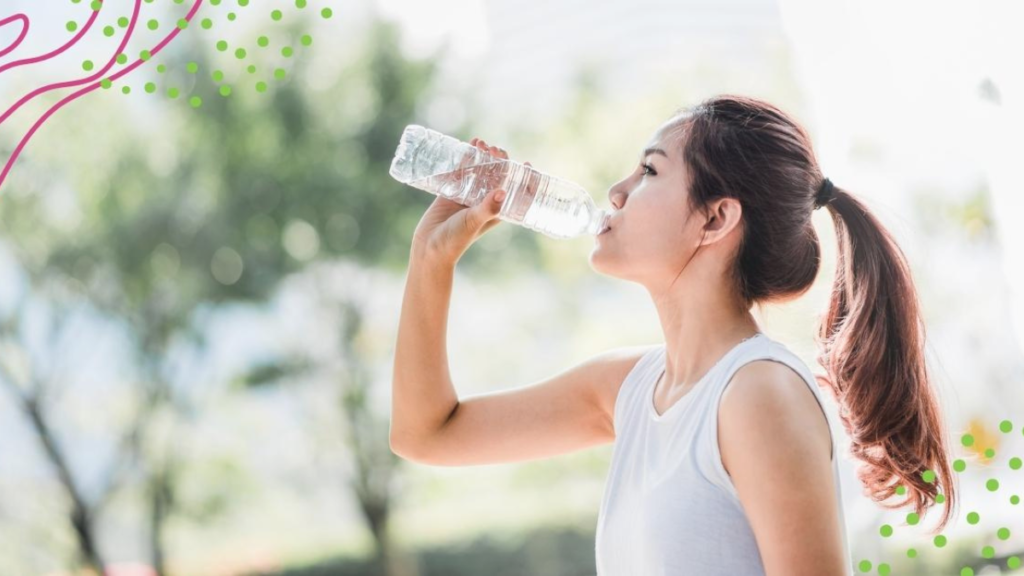
Consequently, Proper hydration and a balanced diet play a significant role in supporting your flexibility improvement journey.
Stay Hydrated
Adequate hydration maintains the elasticity of your muscles and connective tissues. When you’re dehydrated, your muscles are more likely to feel stiff and tight. Ensure you’re drinking enough water throughout the day, especially before and after your stretching routine.
Balanced Nutrition
Consuming a diet rich in vitamins, minerals, and antioxidants supports muscle health, repair, and recovery. Nutrients like magnesium and potassium play crucial roles in maintaining muscle function and reducing muscle cramps.
Section 9: Prioritize Rest and Recovery
Meanwhile, Optimal flexibility improvement requires giving your body the time it needs to recover.
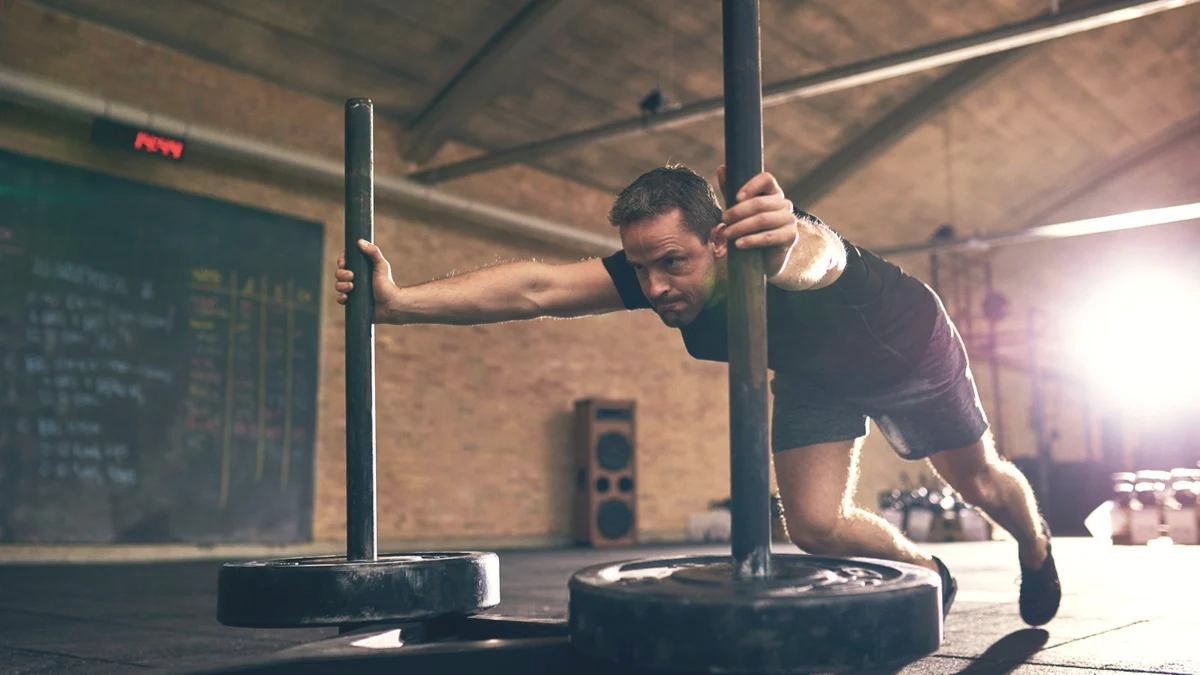
Active Recovery
On your rest days, engage in low-intensity activities like walking, swimming, or gentle yoga. Active recovery promotes blood flow, aiding in muscle recovery and tissue repair, ultimately enhancing your flexibility.
Quality Sleep
Sleep is when your body performs most of its repair and recovery work. Aim for 7-9 hours of quality sleep each night to support muscle recovery and overall physical well-being.
Section 10: Embrace Consistency and Patience
Similarly, Consistency is the backbone of flexibility improvement. Embrace patience and celebrate each step of progress.
Celebrate Progress
Recognize even the smallest improvements in your flexibility journey. Whether it’s touching your toes with greater ease or feeling less tension in your shoulders, every achievement is a step forward.
Stay Committed
Establish a routine that aligns with your goals and daily schedule. Consistency is the key to unlocking lasting flexibility gains.
Conclusion:
In conclusion, the journey to improved flexibility is a rewarding one that requires dedication, mindfulness, and a holistic approach. By understanding the significance of flexibility, warming up properly, incorporating regular stretching, targeting major muscle groups, and exploring practices like yoga and Pilates, you’ll embark on a transformative journey towards enhanced range of motion and improved well-being. Utilize self-myofascial release techniques, stay hydrated, and prioritize rest to support your body’s growth. Remember that flexibility is a journey that unfolds over time. With patience, consistent effort, and the knowledge gained from this comprehensive guide, you’re poised to embrace a more limber and mobile future.
My Personal Review:
As someone who has followed this comprehensive guide to improve my flexibility, I can’t emphasize enough how transformative this journey has been. The positive changes in my range of motion, posture, and overall well-being have been remarkable. The step-by-step approach, from understanding the importance of flexibility to incorporating yoga and Pilates, has made a world of difference. What I appreciate most is the emphasis on consistency and patience, which has allowed me to see steady progress without pushing my body to extremes. This guide is not just informative; it’s a practical roadmap to a more flexible and healthier future.
References:
– Mayo Clinic – Stretching and flexibility
– Healthline – Yoga poses for flexibility
– Verywell Fit – Pilates for flexibility
– National Center for Biotechnology Information – The science of stretching
– American Council on Exercise – Foam rolling techniques
–EatRight – Nutrition for muscle health
– Sleep Foundation – Sleep and muscle recovery
Certainly! Here are some book references that provide valuable information on flexibility, stretching, and related topics:
- “Stretching Anatomy” by Arnold G. Nelson and Jouko Kokkonen
- This book offers a comprehensive guide to stretching exercises, focusing on the anatomy behind each stretch and how it benefits your body.
- “The Key Muscles of Yoga: Scientific Keys, Volume I” by Ray Long
- A valuable resource for yoga enthusiasts, this book explores the anatomy of key muscles involved in yoga poses and how to improve flexibility through yoga practice.
- “Pilates Anatomy” by Rael Isacowitz and Karen S. Clippinger
- For those interested in Pilates, this book delves into the anatomy of Pilates exercises and how they contribute to flexibility, strength, and overall fitness.
- “Relax into Stretch: Instant Flexibility through Mastering Muscle Tension” by Pavel Tsatsouline
- Pavel Tsatsouline’s book provides insights into the concept of “relaxed stretching” and offers techniques to enhance your flexibility effectively.
- “The Whartons’ Stretch Book” by Jim Wharton and Phil Wharton
- This book presents a series of stretching routines designed by the Wharton brothers, who are renowned for their work in sports and flexibility training.
Please note that the availability of these books may vary, so you can check online retailers, local bookstores, or libraries to access them. These resources can provide you with in-depth knowledge and guidance on improving your flexibility and overall physical well-being.
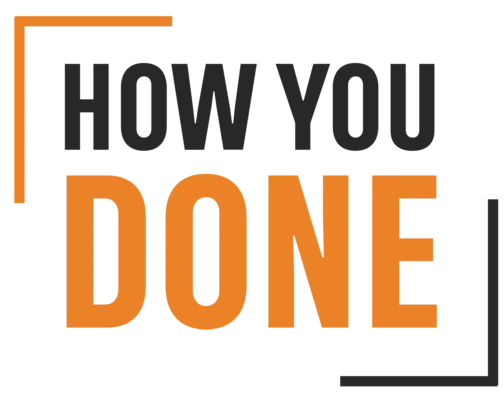
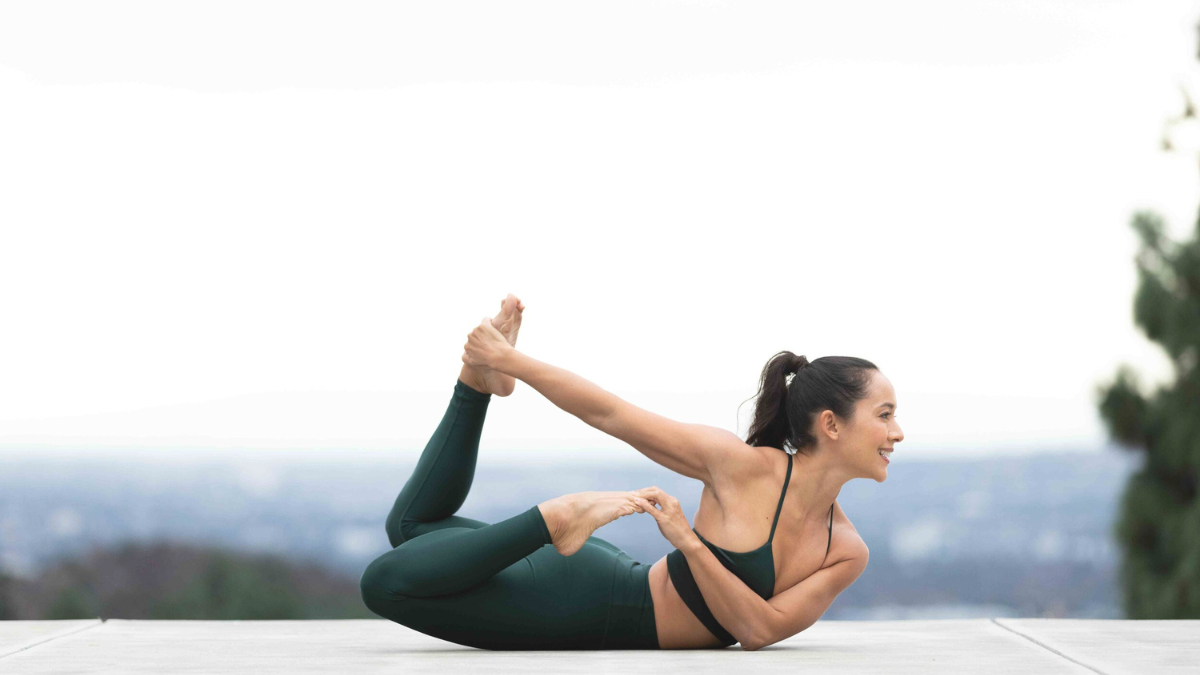

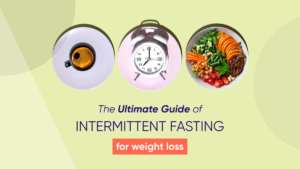
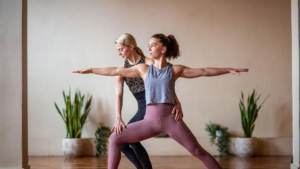

Pingback: How to do yoga for beginners
Pingback: How to lose weight fast
Hi, great post There is a problem with your website on Internet Explorer. Despite being the most popular browser, many people will not be able to view your excellent work because of this issue.